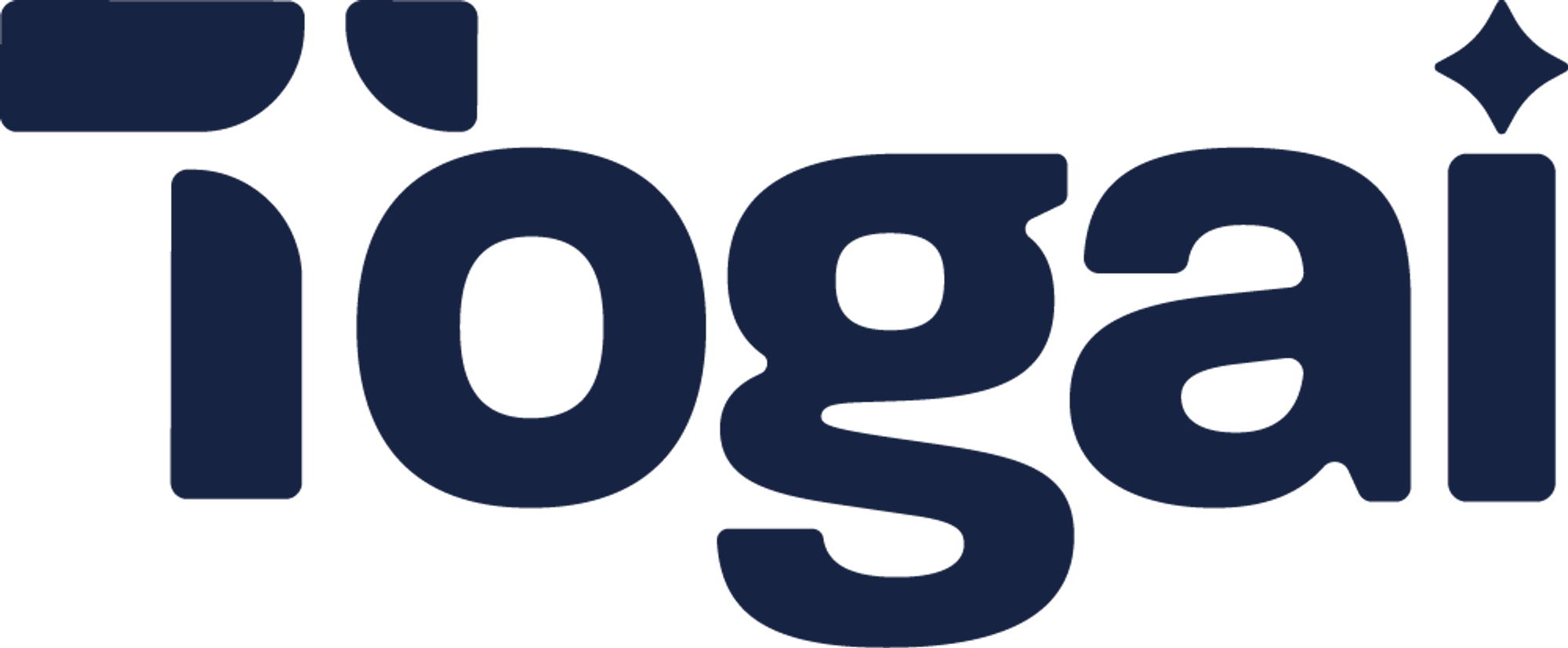Prerequisites
Create a read-only user
- Create a read-only user in your database
- Grant the user access to the tables that you want to sync with Togai
- Make sure that the user has access to the tables that you want to sync with Togai
Connection URI
Maria DB
The connection URI for Maria DB is as follows:MS SQL Server
The connection URI for MS SQL Server is as follows:MySQL DB
The connection URI for MySQL DB is as follows:Oracle DB
The connection URI for Oracle DB is as follows:SQL Query
All the flows in this integration require a SQL query to fetch the data from the database. The query should be written in such a way that it returns the data in the format that is expected by the Togai API. The query should also be written in such a way that it returns only the data that you want to sync with Togai.Flows
1. Sync customer from Database to Togai
- Provide the SQL query to fetch the customers from Database:
- The flow will be available to be triggered on demand from the Togai dashboard
- It will execute a SQL query to fetch all the customers from Database
- It will then create the customers in Togai using the
CustomersAPI
2. Sync events from Database to Togai
- Provide the SQL query to fetch the events from Database:
- Make sure that the
attributesareJSONarray anddimensionscolumns are of typeJSON - The flow will be available to be triggered on demand from the Togai dashboard
- It will execute a SQL query to fetch all the events from Database
- It will then create the events in Togai using the
Events IngestionAPI
3. Sync usages from Database to Togai
- Provide the SQL query to fetch the usages from Database:
- The flow will be available to be triggered on schedule from the Togai dashboard
- It will execute a SQL query to fetch all the usages from Database
- It will then create the usages in Togai using the
Events IngestionAPI

